Sleep should be a time for rest and rejuvenation, not a constant battle with sneezing, itching, or congestion. The right bedding plays an essential role in achieving that much-needed rest.
Hypoallergenic bedding is more than just a luxury; it's a game-changer for everyone, and a must for those with allergies or sensitive skin.
Whether it’s dust mites, pet dander, seasonal pollen, or even skin sensitivities that disrupt your rest, the right bedding can create a cleaner, more comfortable sleep environment.
In this guide, we’ll walk you through everything you need to know to build the best hypoallergenic bedding setup, including the best materials, how to choose the right bedding products, and maintenance tips to keep allergens at bay.
Why Choose Hypoallergenic Bedding?
Investing in hypoallergenic bedding is more than just about comfort; it's about enhancing your health and sleep quality. Here's why hypoallergenic bedding should be your go-to choice:

Blocks Common Allergens
Hypoallergenic bedding is specially designed to block allergens such as dust mites, pet dander, mold, and pollen. With these allergens kept at bay, you can rest easy without worrying about sneezing fits or itchy skin during the night.
Reduces Skin Irritation
Bedding made from natural, breathable fibers, such as organic cotton or bamboo, is gentle on sensitive or eczema-prone skin. These materials help soothe irritation and prevent flare-ups, allowing you to sleep comfortably without disruptions.
Improves Sleep Quality
One of the key benefits of hypoallergenic bedding is its ability to reduce nighttime disruptions. Fewer allergies and irritants mean your body can focus on rest and recovery, leading to more peaceful, undisturbed sleep.
Best Hypoallergenic Bedding Materials
To create the ultimate hypoallergenic sleep space, start with the right materials. Here's a rundown of the most recommended hypoallergenic bedding materials that can help you sleep soundly without worrying about allergens:

1. Organic Cotton
This soft, breathable material is naturally hypoallergenic, making it an excellent choice for sheets, pillowcases, and mattress pads. Organic cotton is produced without harmful chemicals, so it’s gentle on the skin and perfect for allergy sufferers.
Look for certified organic cotton products that are free from harsh pesticides and dyes to ensure they are as pure and allergen-free as possible.
2. Bamboo Viscose
Bamboo sheets are incredibly soft, naturally resistant to dust mites, and perfect for temperature regulation. They are hypoallergenic and possess moisture-wicking properties, allowing you to stay dry and cozy all night.
Bamboo is also eco-friendly, making it a great choice for those who want sustainable bedding without compromising on quality.
3. TENCEL™ Lyocell
Manufactured from sustainably sourced wood pulp (usually eucalyptus), TENCEL™ is silky-smooth, moisture-wicking, and resistant to microbial growth.
This material helps keep bedding fresh and clean by stopping the buildup of bacteria and mold, ensuring that your sleep environment stays allergen-free.
What to Look for When Choosing the Best Hypoallergenic Bed Sheets?
When selecting the best hypoallergenic bed sheets, several key factors should be taken into consideration. To create a comfortable, clean, and allergen-free sleep space, look for the following:
Thread Count
Go for sheets with a thread count between 300 and 500. This range ensures softness and provides a solid barrier against allergens, helping to prevent dust mites and other irritants from infiltrating your bedding.
Certified Organic Labels
For true hypoallergenic properties, choose sheets with certified organic labels like GOTS or OEKO-TEX. These certifications guarantee that the sheets are free from harmful chemicals and have been tested for allergens.

Weaves Like Percale or Sateen
The weave of your sheets plays an essential role in their performance. Percale is a tightly woven, smooth weave that helps create a barrier to allergens, while sateen offers a slightly shinier, softer feel. Both weaves are ideal for hypoallergenic bed sheets.
What About A Right Hypoallergenic Bed Cover?
A hypoallergenic bed cover is an essential piece of your sleep setup. It provides a crucial barrier between you and the allergens hiding in your mattress, and choosing the right one is key:
Zippered Encasement
A zippered encasement is a must-have for ensuring allergens stay sealed inside the mattress. This provides the best protection, keeping dust mites, pet dander, and other irritants from escaping and causing issues while you sleep.

Breathable Material
Look for breathable materials, such as cotton or microfiber. Avoid plastic covers, as they can trap heat and moisture, leading to discomfort. A breathable, waterproof bed cover ensures that allergens stay out without sacrificing comfort.
Washability
Ensure the hypoallergenic bed cover is machine-washable at high temperatures to eliminate dust mites and bacteria effectively.
Best Bedding for Allergy Sufferers: Complete Setup Guide
Building the ultimate hypoallergenic bedding setup is about more than just choosing the right sheets. Here's what to include for the best bedding for allergy sufferers:
1. Mattress
Choose a latex mattress with antimicrobial properties. These mattresses are naturally resistant to allergens and provide firm support, which is essential for a good night’s sleep.
2. Mattress Protector
Use a full-encasement organic mattress protector to prevent allergens from entering your mattress. This ensures that you’re fully protected, especially if you’re sensitive to dust mites or mold.

3. Sheets
Stick with tightly woven, natural fiber sheets, such as organic cotton or bamboo, for optimal allergen resistance.
4. Blankets/Duvets
Hypoallergenic down-alternatives or wool blankets are the best choice for warmth without the allergens. Both are breathable and resist bacteria buildup.
5. Pillows
Use encased pillows that are dust-mite-proof and filled with shredded latex or microfiber for added support and allergen control.
How to Maintain Your Hypoallergenic Bedding for Maximum Effectiveness
Once you’ve chosen the best hypoallergenic bedding, it’s important to maintain it properly to keep allergens under control:
- Wash Weekly: Wash sheets and pillowcases weekly in hot water (130°F) to kill dust mites and bacteria.
- Avoid Fabric Softeners: Fabric softeners can leave residues that attract dust and allergens, potentially exacerbating respiratory issues. Stick to gentle detergents that won’t leave behind harmful chemicals.
- Dry Thoroughly: Ensure your bedding is completely dry to prevent mold and mildew growth.
- Rotate Bedding: Replace pillows every 1–2 years and mattress protectors every 2 years to ensure your bedding remains fresh and allergen-free.
Create a Safe, Comfortable Sleep Environment with Delara
The quality of your sleep depends on the environment you create. At Delara, we believe that everyone deserves a peaceful, healthy sleep environment.
That's why we offer a wide selection of hypoallergenic bedding made from the finest organic cotton, bamboo, and TENCEL™ materials. These breathable, naturally resistant fabrics are designed to keep you comfortable while minimizing exposure to dust mites, bacteria, and other potential irritants.
Whether you're looking to enhance your current bedding or build a new, healthier sleep system from scratch, Delara’s bedding collection is the perfect choice for anyone seeking a cleaner, more comfortable night’s sleep.
Our products are thoughtfully crafted with both comfort and sustainability in mind. Discover Delara today and experience the ultimate in comfort and well-being for a better, healthier night's rest.
FAQs About Hypoallergenic Bedding
1. What makes bedding hypoallergenic?
Hypoallergenic bedding is made from materials that naturally resist allergens like dust mites, mold, pet dander, and pollen. It typically features tightly woven fabrics, such as organic cotton, bamboo, or TENCEL™, which prevent allergens from seeping in.
These materials are also free from harsh chemicals, dyes, and pesticides, making them gentler on the skin and better for overall health.
2. What is the best hypoallergenic bedding material?
Organic cotton is one of the best materials for hypoallergenic bedding due to its breathability and softness. It’s naturally resistant to allergens and free from chemicals commonly used in conventional cotton production.
Bamboo is another great option, as it's naturally antimicrobial and moisture-wicking, keeping you cool and comfortable throughout the night.
TENCEL™ Lyocell is also an excellent choice because it’s silky smooth, moisture-wicking, and resistant to microbial growth, which helps prevent bacteria and allergens from building up.
3. Can hypoallergenic bed sheets help with asthma or eczema?
Yes! Hypoallergenic bed sheets are ideal for individuals with asthma or eczema, as they minimize exposure to irritants that can exacerbate these conditions.
Natural, hypoallergenic, and breathable materials, such as bamboo and organic cotton, help regulate body temperature and reduce skin irritation.
Using hypoallergenic sheets can help create a more comfortable, irritation-free sleep environment, allowing for better rest and fewer flare-ups.
4. What is the difference between a hypoallergenic bed cover and a mattress protector?
A hypoallergenic bed cover typically refers to a full encasement that fully surrounds your mattress, providing a barrier to block allergens like dust mites and pet dander from penetrating the mattress.
A mattress protector, on the other hand, usually only covers the top and sides of the mattress, offering protection against spills and stains but not necessarily blocking allergens as effectively as a bed cover.
For maximum protection, choose a zippered encasement that provides a tight seal and prevents allergens from entering the mattress.
5. How often should I wash hypoallergenic bedding?
Ideally, you should wash your hypoallergenic bedding once a week in hot water (130°F) to effectively kill dust mites and remove allergens. Pillowcases, sheets, and comforters should be washed regularly to keep a clean and allergen-free sleep environment.
Mattress protectors and duvet covers should be washed every 2-4 weeks to keep your bedding fresh and free of irritants.

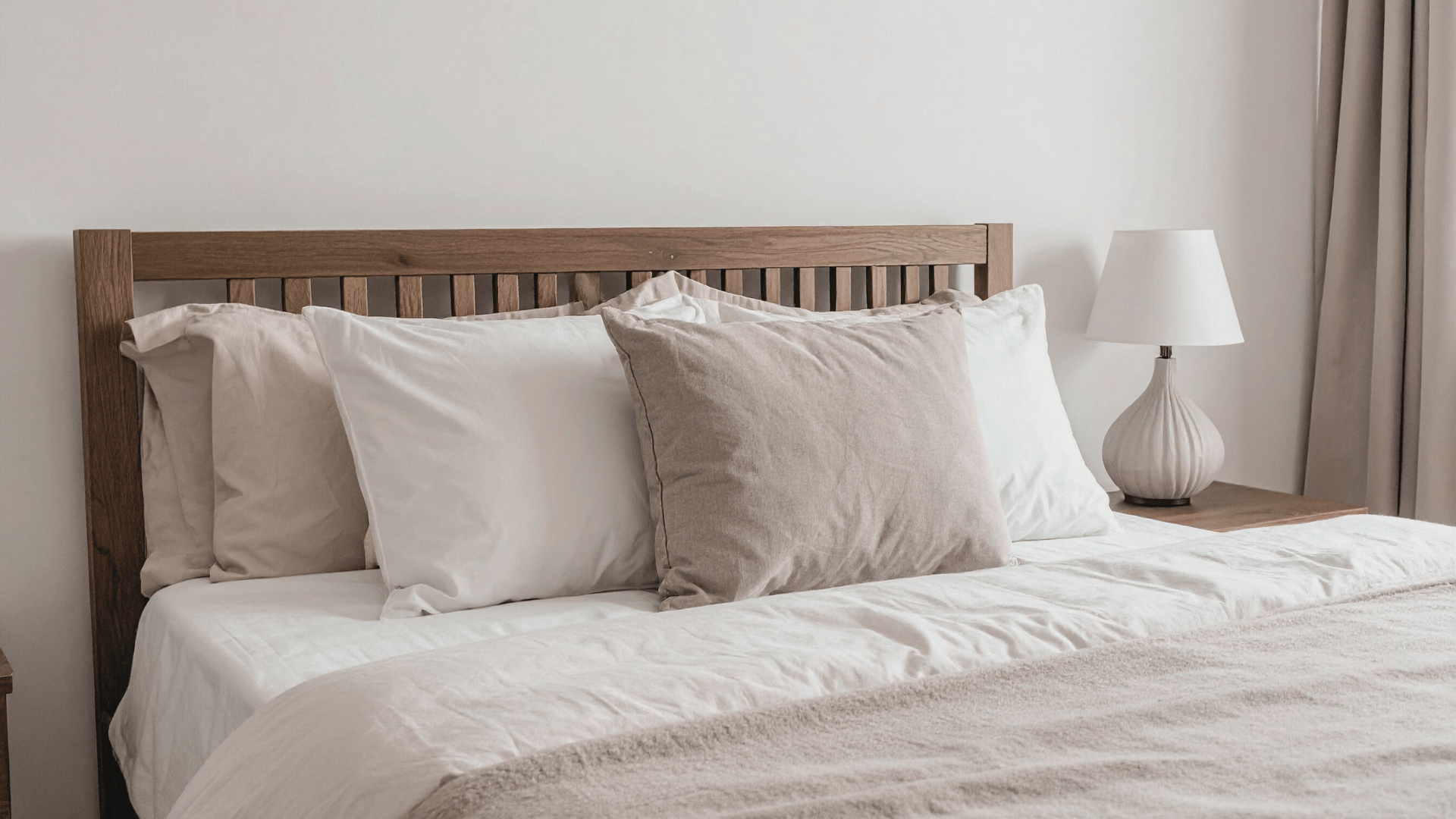
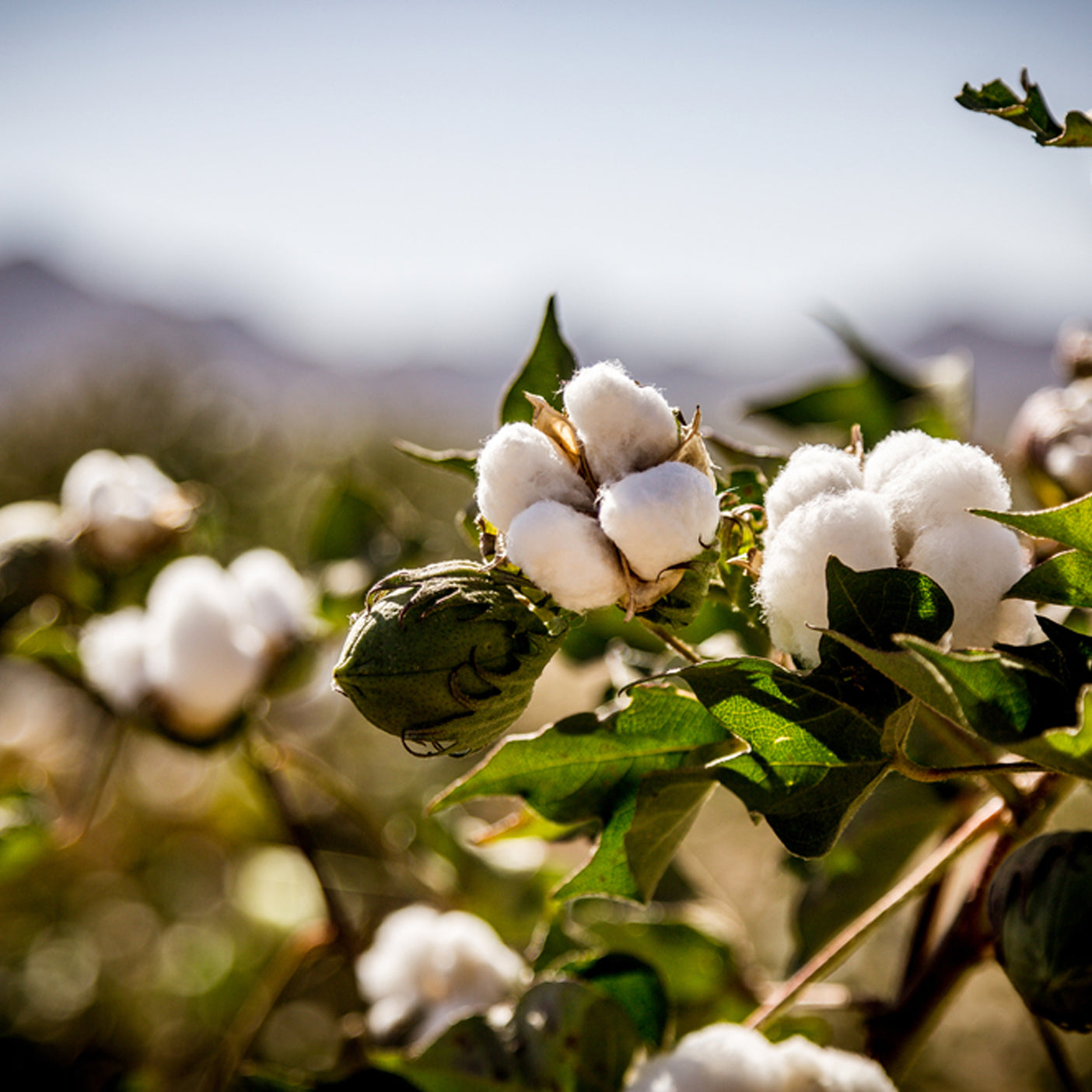
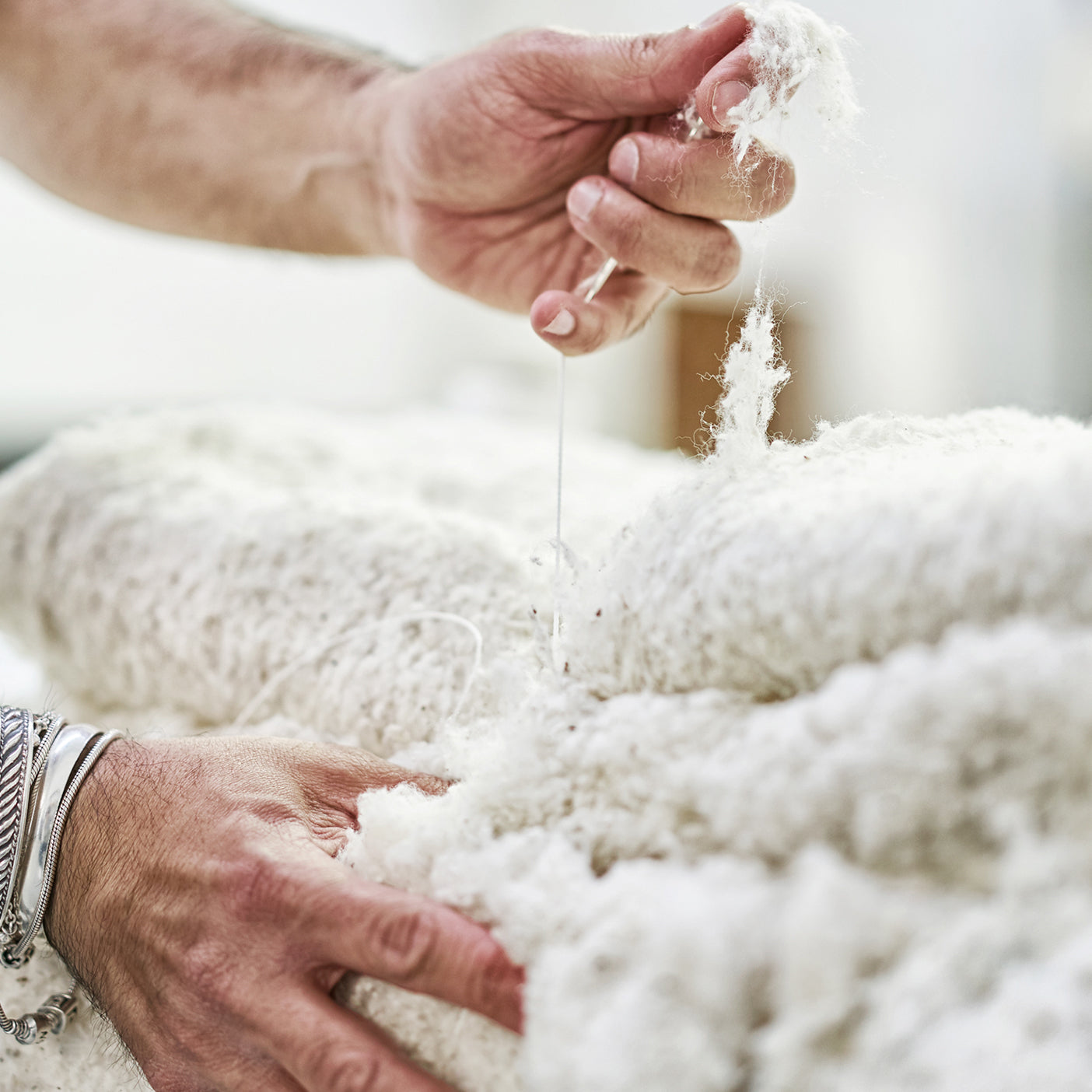
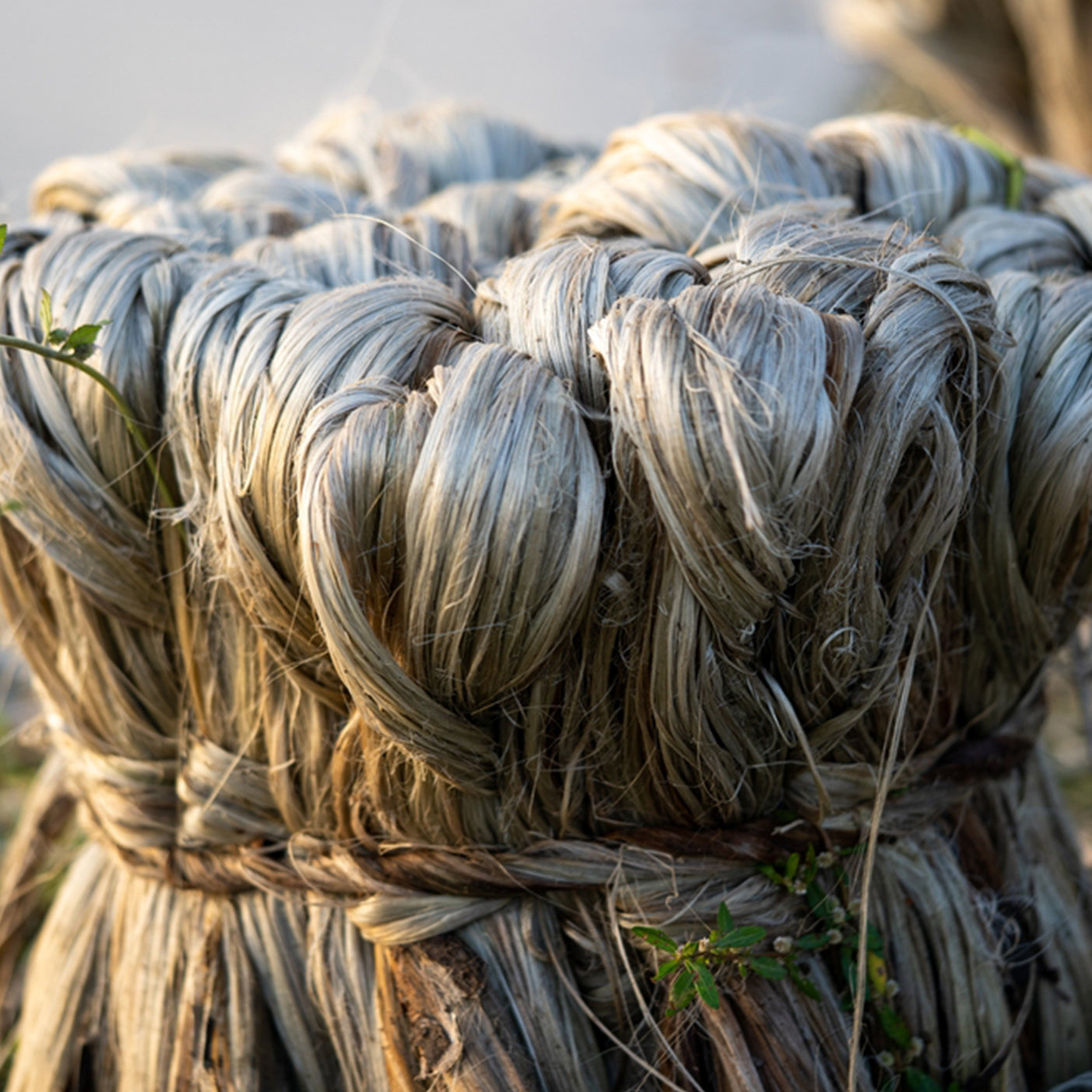
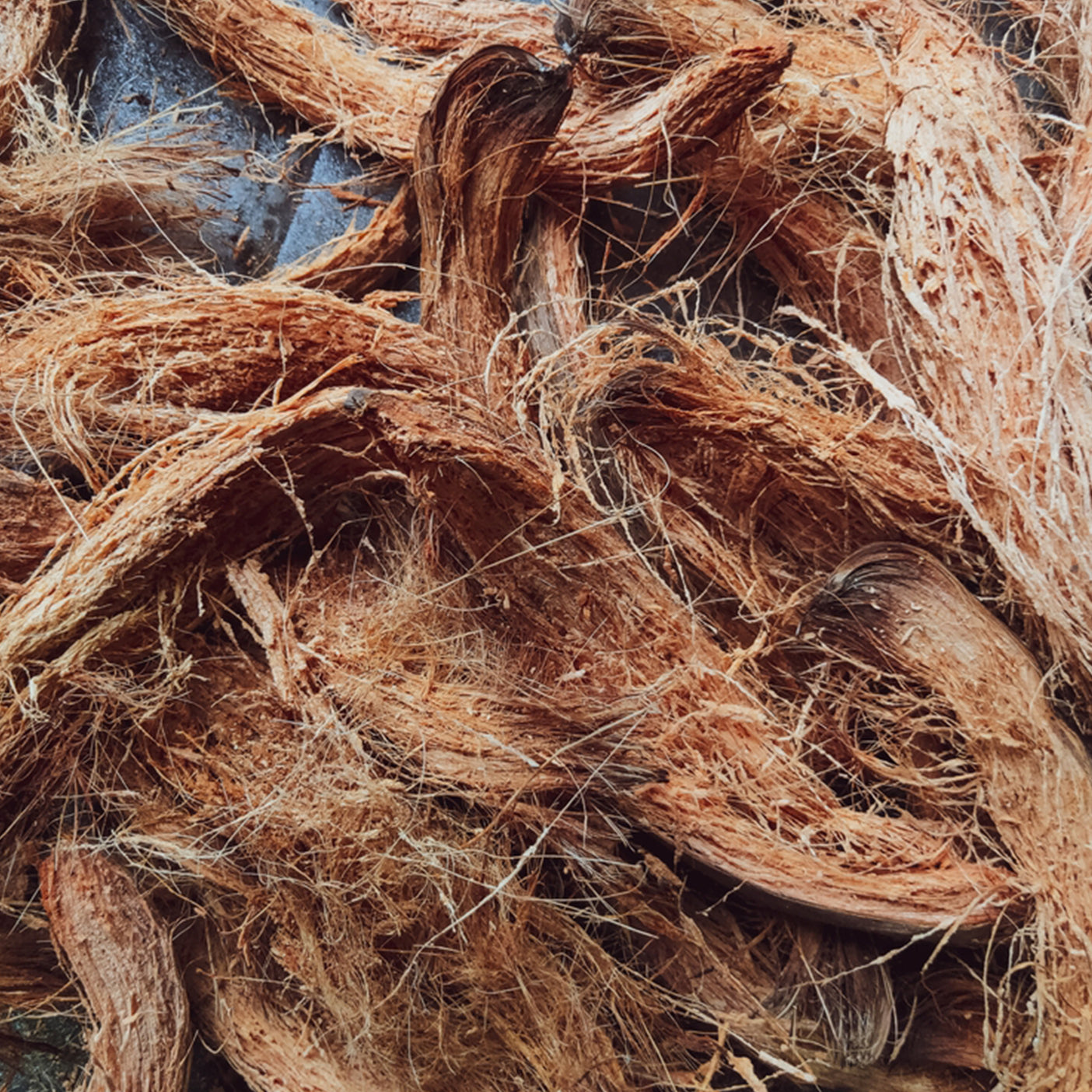

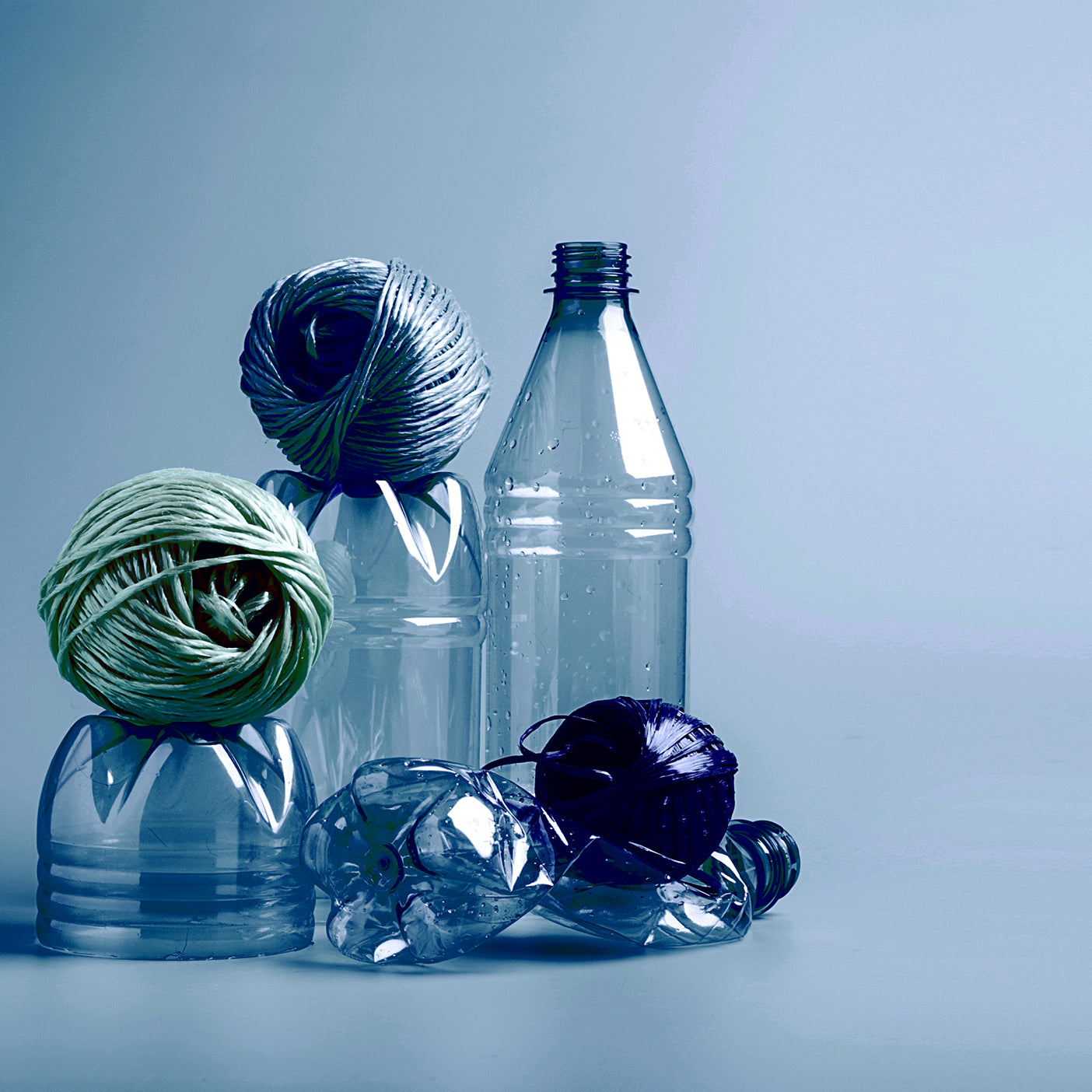
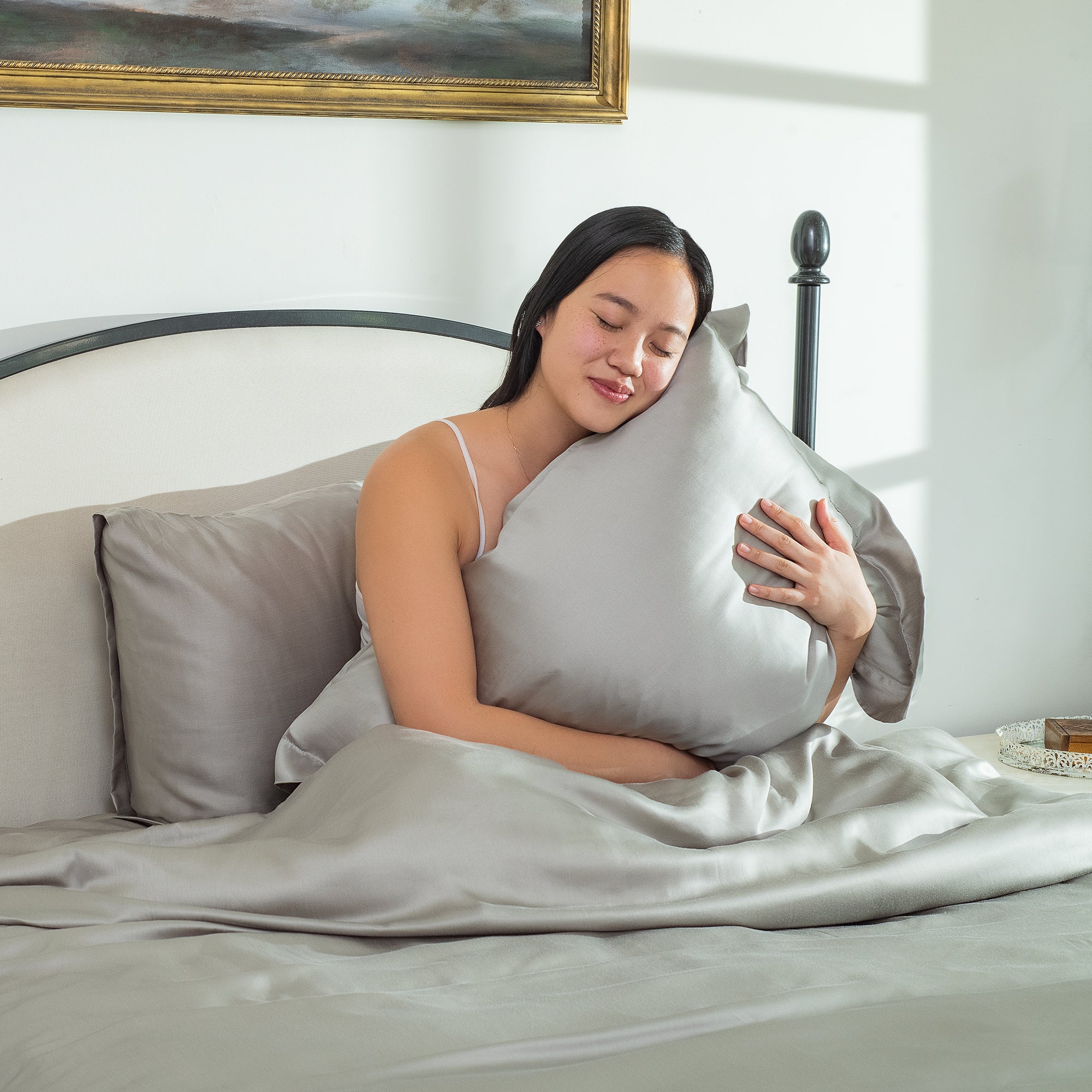
Leave a comment